11 February 2025
If you've ever been captivated by the magical details of a flower petal, a drop of dew, or the intricate pattern on a butterfly’s wing, then macro photography might just be your next obsession. Macro photography allows you to explore the world from a whole new perspective, revealing details that are often invisible to the naked eye. And the best part? You don’t need specialized equipment or a high-end camera to get started. With just your digital camera and a bit of patience, you can dive into this fascinating world.
In this guide, we’ll dive deep into the art of macro photography, covering everything from the basics to advanced techniques. Whether you're a beginner or someone looking to sharpen your skills, this article has something for everyone. So, let’s zoom in and start exploring the tiny wonders around us!
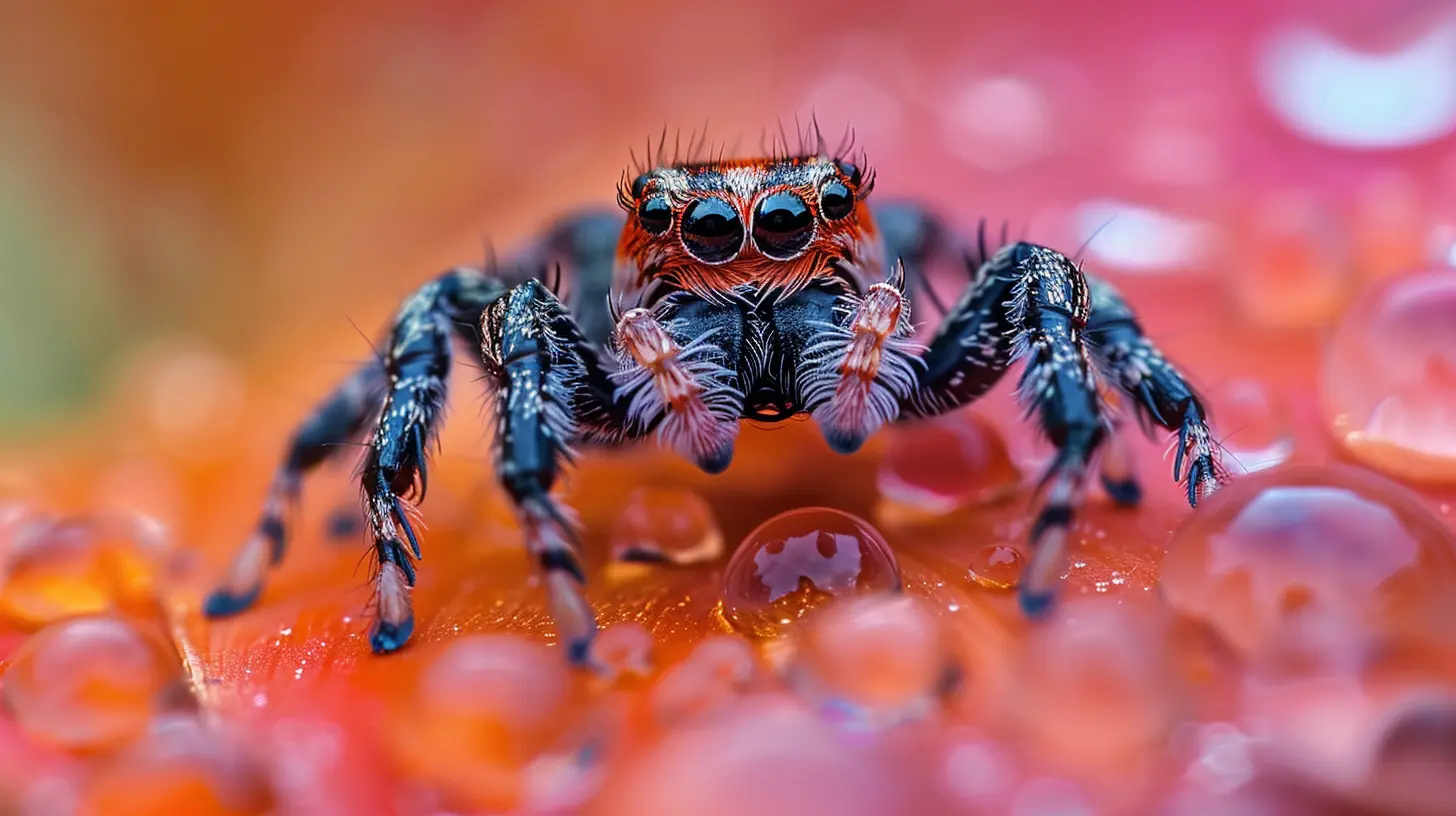
What is Macro Photography?
Let’s start with the basics. Macro photography is all about capturing small subjects up close, making them appear larger than life. Technically, macro photography refers to the ability to photograph subjects at a 1:1 ratio, meaning the subject’s size on the camera sensor is the same as its size in real life. In simpler terms, it’s about getting super close to your subject, revealing intricate details that we usually don’t notice.Think of it as peering through a magnifying glass, but instead of just seeing, you're documenting those tiny worlds in all their glory.
Why is Macro Photography So Popular?
Why do people love macro photography? Well, the answer is simple: it opens up a new world of creativity and wonder. You can photograph almost anything—flowers, insects, water droplets, textures, and even everyday household items—and transform them into something extraordinary. Plus, it’s an amazing way to slow down, appreciate the small things, and develop a keen eye for detail.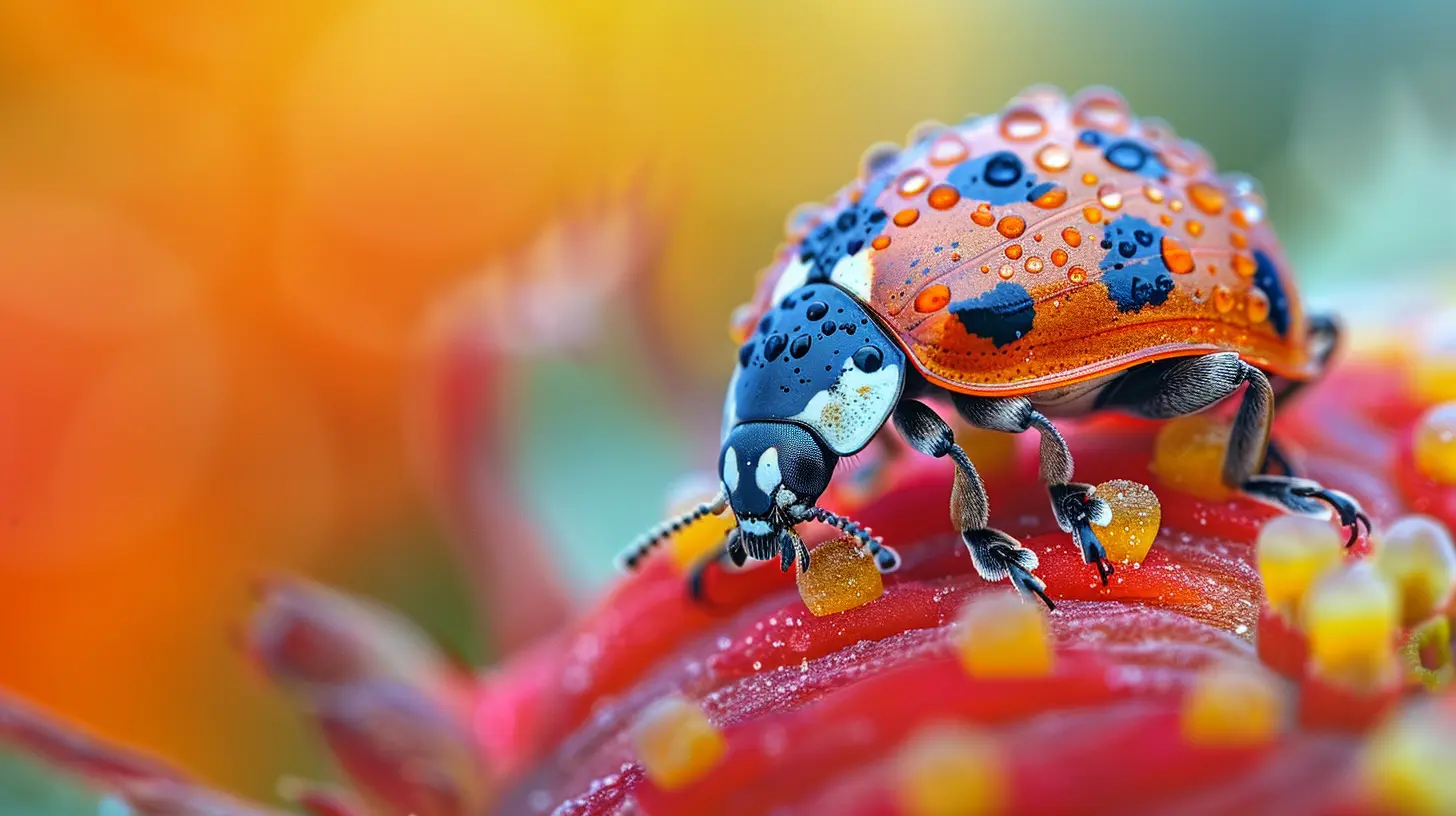
Getting Started with Macro Photography
So, you're all excited and ready to jump into macro photography. But where do you begin? Don’t worry, I’ve got you covered.1. Choose the Right Camera
Believe it or not, you don’t need a super-expensive camera to get started with macro photography. Most digital cameras, even entry-level ones, come with a macro mode that allows you to get up close to your subjects. Here are a few camera types to consider:- Point-and-Shoot Cameras: Many point-and-shoot cameras have built-in macro modes, making them an affordable option for beginners. These cameras are compact, easy to use, and can take decent macro shots without needing extra lenses.
- DSLR and Mirrorless Cameras: These offer more versatility and control. You can attach macro-specific lenses or use extension tubes for extreme close-ups. If you're serious about macro photography, a DSLR or mirrorless camera gives you the freedom to experiment with settings and lenses.
- Smartphones: Don’t underestimate the power of your smartphone. Some of the latest models come with dedicated macro lenses or modes that allow you to capture stunning close-ups. Plus, there are tons of external clip-on macro lenses available for smartphones that can take your shots to the next level.
2. Invest in a Macro Lens (If You’re Serious)
If you're looking for professional-level macro shots, you’ll need a macro lens. These lenses are specifically designed to focus closely on small subjects while maintaining image sharpness.The most popular macro lens focal lengths are between 60mm and 105mm. The longer the focal length, the further you can stand from your subject while still getting that close-up shot. This is especially useful when photographing skittish subjects like insects.
Don’t want to splurge on a macro lens just yet? No problem! You can use extension tubes or close-up filters to get started. These are affordable accessories that attach to your standard lens and allow you to focus more closely on your subject.
3. Understanding Depth of Field
One challenge many new macro photographers encounter is managing depth of field. Simply put, depth of field refers to the amount of your image that’s in focus. In macro photography, the depth of field is often very shallow, meaning only a tiny portion of your image will be sharp, while the rest will be out of focus.To control depth of field, you can adjust your aperture (f-stop). A smaller aperture (higher f-stop number, such as f/16) will give you more depth of field, while a larger aperture (lower f-stop number, such as f/2.8) will create a shallower depth of field.
But here’s the catch: using a smaller aperture reduces the amount of light entering your camera, which brings us to our next point—lighting.
4. Mastering Lighting in Macro Photography
Lighting is crucial in macro photography. Since you're working with small subjects and often at very close distances, natural light alone might not be enough. Here are a few lighting options to consider:- Natural Light: If you're shooting outdoors, early morning or late afternoon provides soft, diffused light that’s perfect for macro photography. Overcast days are also great because the clouds act as a natural diffuser.
- Ring Lights or Macro Flash: If you're shooting indoors or in low-light conditions, consider using a ring light or macro flash. These are specifically designed for macro photography and provide even lighting around your subject, minimizing harsh shadows.
- Reflectors: A simple reflector can do wonders for bouncing light onto your subject, especially if you're shooting outdoors in natural light.
5. Tripod: Steady Shots Matter
One of the biggest challenges in macro photography is avoiding camera shake. Even the slightest movement can result in a blurry image, especially when you're working with such shallow depth of field.Using a tripod helps stabilize your camera, giving you sharper images. If you're shooting handheld, consider using a fast shutter speed or a remote shutter release to minimize movement.
6. Focus, Focus, Focus!
Auto-focus might be your best friend in other types of photography, but in macro photography, it can sometimes let you down. When you're working with super-close compositions, your camera's auto-focus may struggle to lock onto the right point.Instead, try using manual focus. This gives you more control, allowing you to focus precisely on the part of the subject that matters most. For even more precision, many cameras come with a feature called focus peaking, which highlights the areas that are in focus.
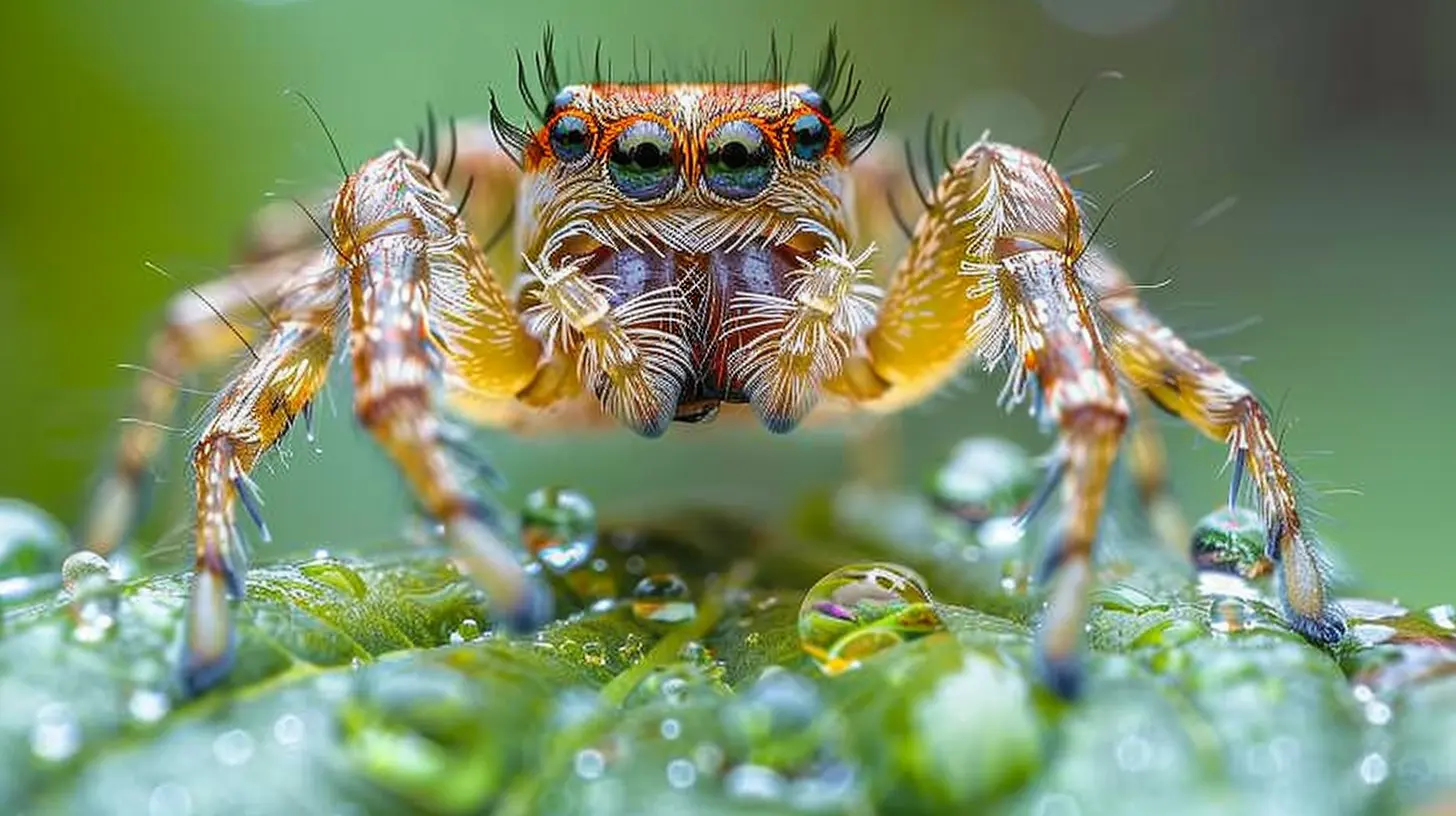
Capturing the Perfect Macro Shot: Tips & Techniques
Now that you’ve got the basics down, it’s time to fine-tune your skills and start capturing some jaw-dropping macro shots. Here are a few pro tips to keep in mind:1. Get Close, But Not Too Close
While it might be tempting to get as close to your subject as possible, remember that some subjects (like insects) can be easily disturbed. Try to give them some space by using a longer focal length lens. This lets you capture those intricate details without invading their personal bubble.2. Experiment with Angles and Perspectives
One of the coolest things about macro photography is the ability to see the world from a different perspective. Don’t just shoot everything head-on. Try different angles—get low, shoot from above, or even from the side. Changing your perspective can add depth and interest to your shots.3. Keep the Background Simple
Since macro photography is all about the details of your subject, you don’t want a busy background competing for attention. Keep your background simple and uncluttered. A blurry, neutral background (achieved by using a wide aperture) can help your subject stand out.4. Patience is Key
Macro photography requires patience. Whether you're waiting for an insect to land on a flower or adjusting your camera settings to get the perfect shot, don’t rush. Take your time, observe, and be ready to shoot when the moment strikes.5. Use Focus Stacking for Maximum Sharpness
If you're struggling with the shallow depth of field, consider using a technique called focus stacking. This involves taking multiple shots of the same subject, each with a different focus point, and then merging them together in post-processing. The result? An image that’s sharp from front to back.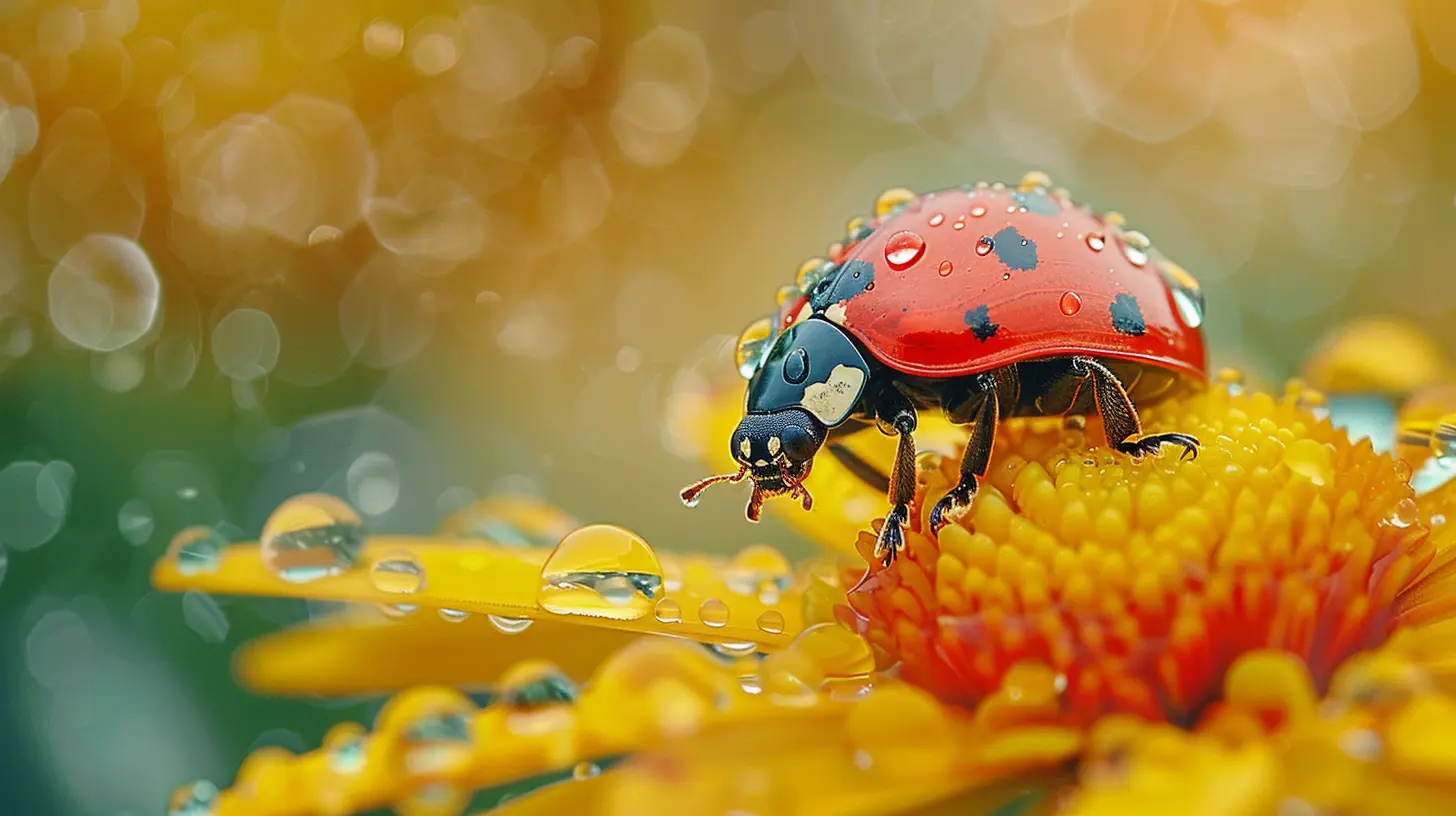
Post-Processing Your Macro Photos
Once you've captured your stunning macro shots, it's time to polish them in post-processing. Here are a few tips:- Crop for Composition: Don’t be afraid to crop your images to improve composition or eliminate distractions. Just be mindful of maintaining image quality.
- Adjust Exposure: Boost your exposure or adjust shadows and highlights to bring out the details in your subject.
- Sharpening: Macro images sometimes benefit from a bit of extra sharpening, especially if you want to highlight texture or fine details.
- Color Correction: Adjust the white balance and color settings to ensure your image looks natural and true to life.
Conclusion: Dive Into the Tiny World of Macro Photography
Macro photography is a fantastic way to explore the world around you in a completely new light. Whether you're marveling at the veins of a leaf or the delicate wings of a butterfly, this genre of photography allows you to capture the beauty in the smallest details. With a digital camera, some basic equipment, and a bit of practice, you can create stunning images that showcase the hidden intricacies of the world.So, what are you waiting for? Grab your camera, head out into the garden, or even look around your house—you'll be amazed at what you find when you start seeing the world up close!










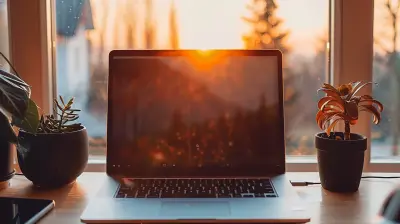


Dylan Lynch
Macro photography reveals the extraordinary in the mundane, inviting us to appreciate details often overlooked. Embrace your camera’s potential and explore the beauty hidden in everyday life.
April 6, 2025 at 11:07 AM